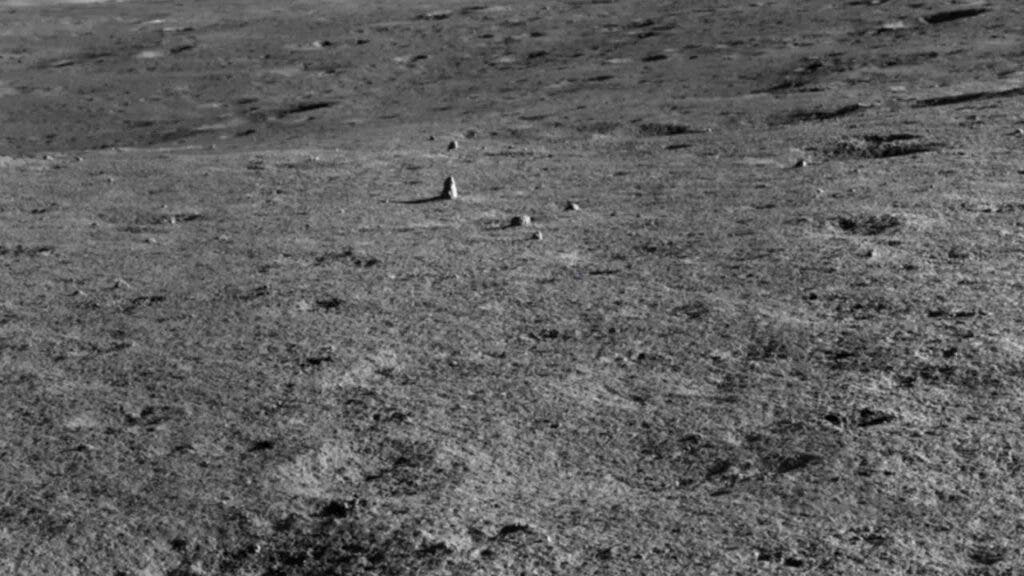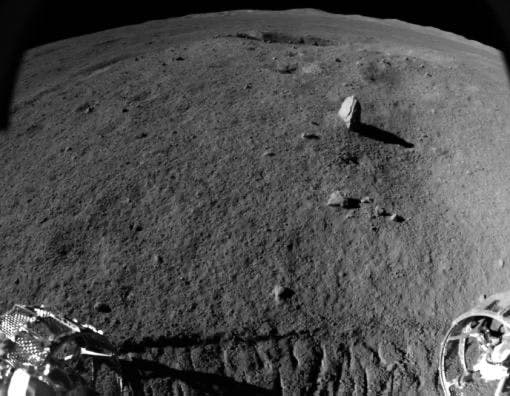
China’s Yutu-2 rover just turned two years old and it received a fitting birthday gift. During one of its forays on the far side of the moon, the rover came across an elongated shard that has surprised scientists.
Yutu-2 is the first man-made craft that has explored the moon’s far side. On February 6, the rover resumed operations after Chinese mission control engineers forced it into hibernation in order to preserve energy during the cold lunar nights.
Thanks to Yutu-2, we now know what the moon looks like below the surface after the rover beamed back radar images it had collected. It also sent back very valuable photos and videos of the moon’s far side that will keep scientists busy for years.
Since it arrived at the moon’s far side, Yutu-2 has also come across a number of peculiar objects. In 2019, not long after touchdown, the rover found a “gel-like” substance that turned out to be breccia (broken fragments of minerals cemented together) formed by impact melts.

Now, Chinese scientists have reported what they describe as a ‘milestone’: an elongated shard sticking out of the lunar surface. The vast majority of lunar rocks are rounded, so the pointy rock immediately drew scientists’ attention.
Due to its shard-like shape and pronounced ridge near the rock’s edge, scientists believe that it must be geologically young since it didn’t have enough time to get rounded by weathering.
As for its formation, the most likely explanation is that it is impact ejecta from a nearby crater. Planned investigations using the rover’s visible and near-infrared imaging spectrometer may reveal more insights surrounding this strange rock’s nature.






